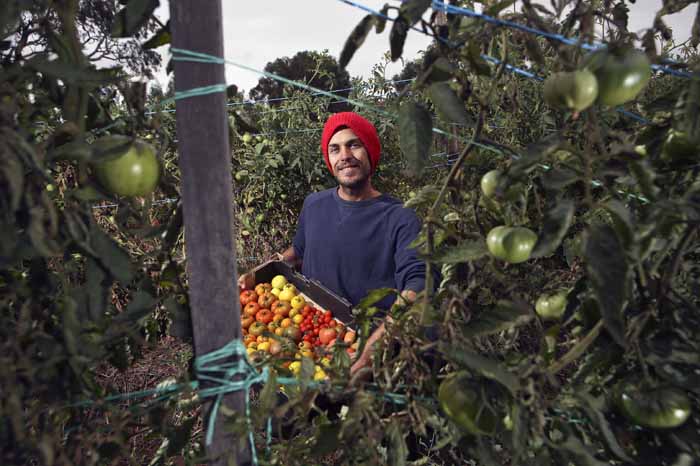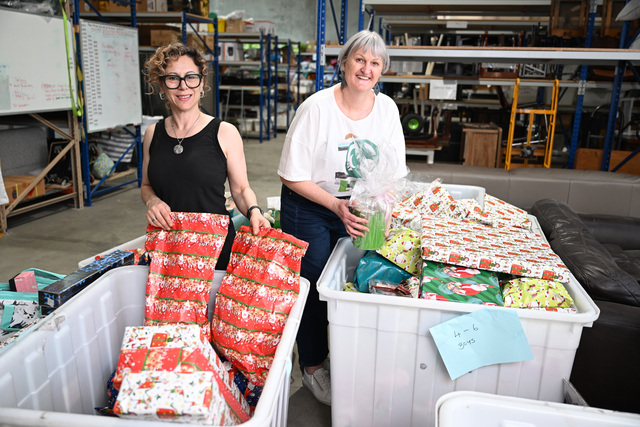Farmland in suburban Melbourne must be protected to safeguard the city’s fresh food supply, a new report has found.
The Melbourne’s Food Future report, released last week as the product of a joint research project by Melbourne and Deakin universities, explored what it takes to feed Melbourne, vulnerabilities in its food supply and the significance of Melbourne’s food bowl for its future food security.
The report found that Melbourne’s food bowl now had the capacity to meet about 41 per cent of the city’s food needs, but this could fall to 18 per cent within 35 years.
Lead report author, research fellow Rachel Carey said Melbourne must grow in a way that didn’t chew up arable land used to meet the city’s food supply today and into the future.
“The inner food bowl borders the urban growth boundary,” Dr Carey said. “We need to give more certainty to those areas and really recognise their value.”
Dr Carey did not comment on whether the Keilor Valley should be supported to continue to grow vegetables. Market gardening has largely ceased in the area after the decade-long drought from 2000 almost exhausted farmers’ water supply from the Maribyrnong River and led to significant hikes in the cost of water when it was available. Melbourne Water said that in the past 10 years water usage by Keilor farmers has dropped by 71 per cent.
The report made five key recommendations essential for a resilient food bowl. Among them was the need to protect farmland by fixing the urban growth boundary, introducing specific planning mechanisms for areas of food production and shifting development pressure from the fringe to existing urban areas.
Farmers should also be encouraged to farm in the food bowl, the report states; the city should be supported to grow a vibrant food economy, more recycled water should be delivered to city-fringe farmers, and food waste should be reduced.
“What we’ve been looking at is the potential for recycled water to create more security for farmers,” Dr Carey said. “And we need to be helping farmers to capture their food dollar by …connecting farmers to businesses.”







